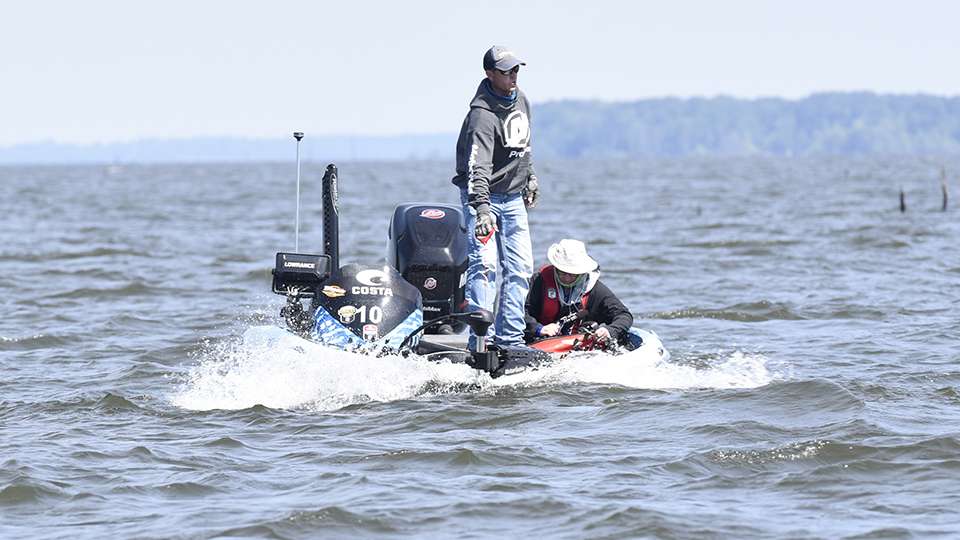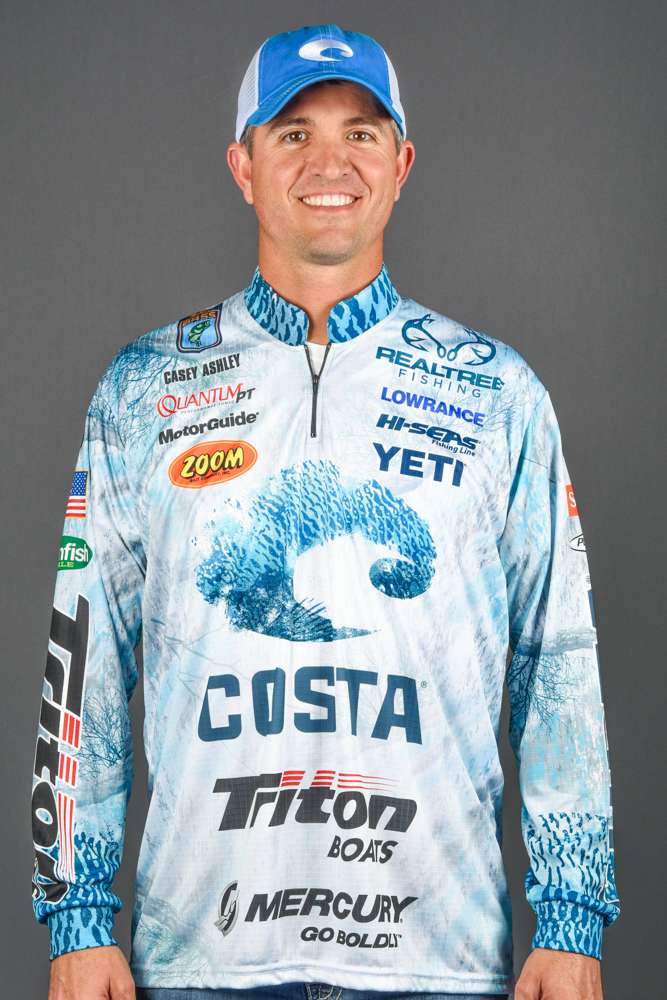
This week’s Elite Series tournament on Lake Dardanelle brings us to a river system, and that’s something I enjoy because the fish are usually shallow and that takes the guesswork out of it. The only thing that throws a wrinkle in the plan is high water because it pushes the fish so far into the cover. But even with this happening, there’s a lot to like about a river system lake.
I’m not a big fan of tidal rivers, but I love fishing the inland systems because most of the time the water’s pretty dirty so the fish are less spooky. In fact, these fish tend to bite a lot better than reservoir fish.
Generally, there’s going be certain windows of feeding, like the first two or three hours of the day. But once you figure out that window, every fish in the whole pool will turn on and start to feed.
I’ve found that those early morning feeds are linked to either a shad spawn or a bream spawn. A lot of times on river systems, you can spot those shad spawns because they’re happening near the surface, but a bream spawn is pretty much impossible to see in that dirty water.
In a reservoir lake, you can just ride around and look for bream beds, but in the lower visibility of a river system, you have to use a different strategy — you have to fish it to find it.
I like to cover water with reaction baits and my top three are a popper, a buzzbait and a swim jig. You’re going to catch your bigger fish this way, so putting in the time and finding those areas where bream are spawning can make a big difference in your day.
Another thing that I’ve found is different on river systems is the size of the forage. In reservoirs, we try to throw the biggest baits we can find and catch the biggest fish. But on most of the rivers where I’ve had experience, you need to downsize because I don’t think the baitfish and the bream get as big as in a reservoir.
You don’t necessarily have to go with finesse baits, but instead of a Zoom Super Chunk on the back of a jig like I like to do, you might have to scale it down to a small Salty Chunk. You just keep a small, compact profile.
Now, I can tell you that river fish bite so you want to make sure you’re covering a lot of water. You may fish a lot of the same stuff, but then you hit a little 100-yard stretch and you’ll get 15-20 bites on the same thing you’ve been throwing all day.
Current has a lot to do with this, and what I like about fishing river systems like this is that you can actually see the current and fish it. There are lots of places we fish that have current, but you can’t really see it. You just know that when they turn the generators on, that’s when the fish bite.
But on a river system lake like Dardanelle, you can see the current breaks so that makes it easier to pick out these little eddies and corners that the fish tuck behind. What’s amazing is just how small a piece of structure a fish will use to block him from current. I mean, they’ll use a piece of wood the size of your arm in a rolling current.
Over the years, this has taught me to pay attention and consider every piece of cover in a river system as something that could potentially hold a fish. You can bet I’ll be giving every log and laydown I find this week a really good look.

